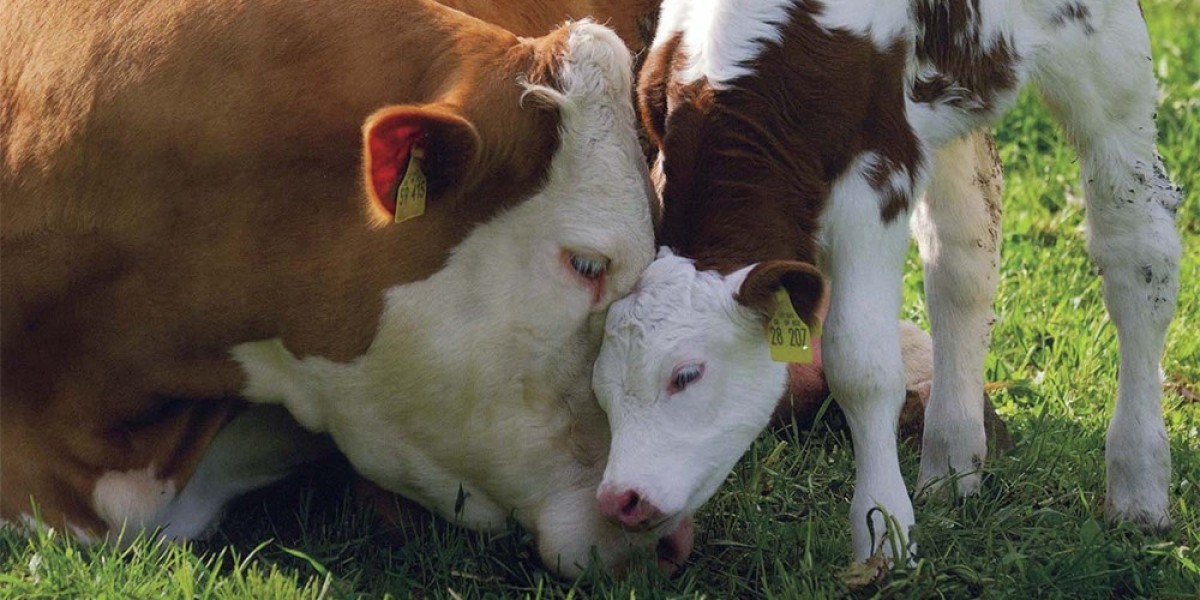Live export suffering is a critical issue that has garnered increasing attention from animal rights advocates, policymakers, and concerned citizens worldwide. The practice of transporting live animals across long distances for slaughter or breeding subjects them to extreme stress, inhumane conditions, and often, severe physical harm. Despite regulations intended to ensure animal welfare, the reality of live export suffering is far from acceptable.
The journey for these animals begins with overcrowded transport conditions, where they are often packed tightly together with little room to move. This confinement leads to high levels of stress and anxiety, causing many animals to injure themselves or others. The lack of adequate ventilation, extreme temperatures, and limited access to food and water exacerbate their suffering. The physical toll on these animals is immense, with many becoming ill or dying before reaching their destination.
Moreover, the handling of animals during live export is frequently brutal and neglectful. Animals are often loaded and unloaded using methods that cause pain and distress, such as electric prods and rough handling. The long duration of transport, which can last for days or even weeks, means that animals are subjected to these harsh conditions for extended periods. This prolonged exposure to stress and discomfort is a significant aspect of live export suffering that cannot be ignored.
Once they reach their destination, the conditions do not improve for these animals. Often, they are subjected to slaughter practices that do not meet international welfare standards. The methods used can be inhumane, leading to further suffering and a painful end. The lack of proper facilities and trained personnel in many importing countries means that animals continue to suffer until the very end of their lives.
The impact of live export suffering extends beyond the animals themselves. The ethical implications of supporting such a practice weigh heavily on the conscience of many consumers and policymakers. Public awareness and outrage have led to calls for stricter regulations and even bans on live exports. Countries like New Zealand have already taken steps to phase out live exports, recognizing the inherent cruelty and seeking more humane alternatives.
Addressing live export suffering requires a multifaceted approach. Stricter enforcement of animal welfare regulations, improved transport conditions, and the development of local slaughter facilities in exporting countries are essential steps. Additionally, promoting alternatives to live exports, such as chilled and frozen meat exports, can significantly reduce the need for live animal transport. These measures can help mitigate the suffering experienced by millions of animals each year.
In conclusion, live export suffering is an inhumane reality that demands immediate action. The severe physical and psychological distress experienced by animals during transport and slaughter highlights the urgent need for reform. By raising awareness and advocating for better practices, we can work towards ending the cruelty associated with live exports and ensure a more humane future for all animals.



